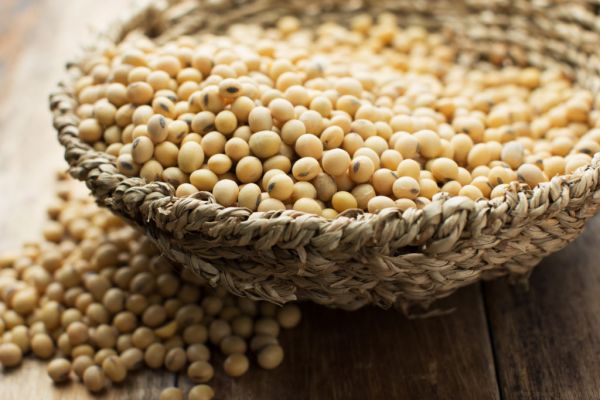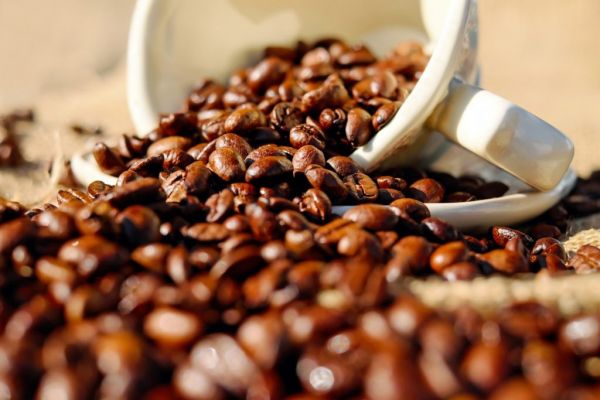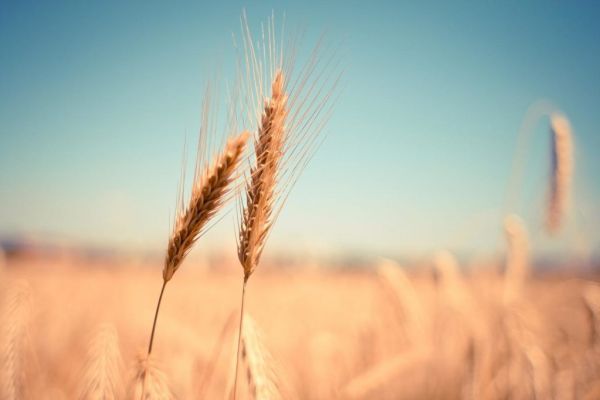The organic food industry in Italy experienced a growth rate of 20% in value during the first semester of 2016, while thirty-five percent of consumers said they eat less meat-based products, according to Ipsos research.
In one year, its weight went from 2.5% to 3.1% of the value of the shopping cart, according to an Ipsos food trend report commissioned by TuttoFood, the international food and drink exhibition that will be held in Italy in May.
The study surveyed Italian consumers aged 18-65, as well as exhibitors and buyers who will be present at the event.
The growing popularity of organic seems here to stay, as 39% of consumers believe this category is set for the highest growth over the next five years. An increase is also expected for frozen ready-to-eat food (by 35% of consumers), frozen ready-to-cook food (28%), pasta (23%), fish-based products (22%) and ready-made meals/sauces (21%).
The consumption of meat-based products (as indicated by 35% of consumers), has been decreasing for the past ten years. However, products with a high level of processing, such as sliced cold cuts, have shown a positive sales trend in the past year.
Consumption of oils and vegetable fats is also dropping (24%), soft and energy drinks (21%), alcohol (18%) and dairy products and their derivatives (16%).
Sales of gluten-free products (+20.6%) and lactose-free products (+7.1%) keep marking a positive trend. Products formulated for those who suffer from intolerance or follow specific diets (38%) are growing at a faster pace compared to the past.
There is also increased attention to local traditional food (as specified by 28% of consumers), sustainability of the chain supply (28%), and using more comprehensive labels (26%).
Food price (as specified by 56% of consumers) and quality (50%) will be the main purchasing factors for consumers, followed by the raw materials used (44%), country of origin (44%), and the sustainability of the supply chain (34%).
© 2017 European Supermarket Magazine – your source for the latest retail news. Article by Branislav Pekic. Click subscribe to sign up to ESM: The European Supermarket Magazine











